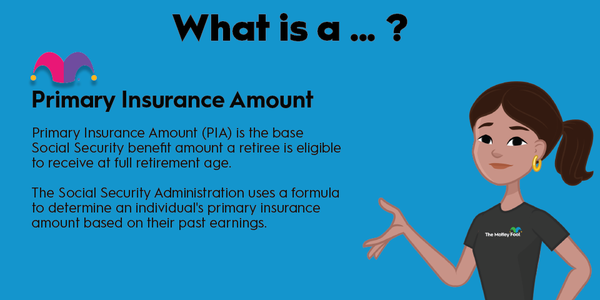When private companies in the U.S. are getting ready to make their stock available through a public exchange, they need to provide information to investors and regulators. To do this, the company going public will typically file a prospectus statement with the Securities and Exchange Commission (SEC).

What is a prospectus?
What is a prospectus?
A prospectus is a document that is prepared by a company and filed with the SEC ahead of its initial public offering (IPO). The prospectus is the first part of the S-1 filing and includes information on the company's business operations, risk factors, performance outlook, management structure, and financials. The document also includes information about the IPO stock sale, including the company's share price, how much will be raised in the offering, how the resulting funds will be used, and details about the underwriters that are organizing and facilitating the stock sale.
Why is a prospectus important?
Why is a prospectus important?
The prospectus is the most important and comprehensive part of the S-1 registration statement, which provides information about a company that is on track to go public. While private businesses have much greater leeway in the types and amount of information they choose to disclose or not disclose, the SEC requires companies that trade on the New York Stock Exchange and Nasdaq public stock exchange to provide accurate information in areas that are important for investors.
In addition to the prospectus, an S-1 filing may include a Part II section that details expenses related to conducting the public stock offering, private placements of securities that have recently occurred, and other financial information. While the prospectus document that constitutes Part I is mandatory and must be included in the S-1 filing, Part II is optional, and companies may decide not to include it in their registration document with the SEC. After the S-1 filing has been reviewed and approved, the registration statement becomes effective, and the company can proceed with its IPO.
What should investors look for in a prospectus?
What should investors look for in a prospectus?
In addition to detailing how different classes of a company's stock may be structured and how funds generated from an IPO will be used, prospectus statements provide valuable information about how businesses operate and their forward-looking strategies.
The first part of a prospectus document typically includes a summary of the company's history and business foundations and then provides a rundown of competitive strengths, growth opportunities, and recent developments. From there, investors should assess the risk factors summary segment, which outlines potential threats that could negatively affect the company and its growth strategies.
Investors should also use the prospectus to understand the financial state of the company. Large companies aiming to go public are required to include operational information and relevant financial details about the business over the preceding five-year period. Meanwhile, small companies gearing up for an IPO are required to include information about their last three years of operation. By looking at the progression of revenue, net income, cash, debt, and other metrics, investors can get a picture of the health of the company and the direction it's heading.
Net Income
It's also a good idea to read up on information about the company's leadership. A company's management team and board of directors play a huge role in shaping its performance, and assessing whether those involved are capable of helping the business succeed is important. Investors may also want to look at the statement of beneficial ownership in the prospectus to see how much of the company's stock is owned by executives and board members. If a leadership team is heavily invested in a company's stock, it can be a sign they are confident in the business -- and that they have healthy incentives to pursue initiatives that help push its share price higher.
Related investing topics
An example of a prospectus in action
An example of a prospectus in action
Rental specialist Airbnb (ABNB 0.75%) filed its prospectus as part of its S-1 filing with the SEC in November 2020, one month before its IPO. In addition to the prospectus that constituted Part I of the filing, the company also included a Part II section that detailed expenses related to the issuance and distribution of the company's Class A common stock, the recent sale of unregistered securities, acquisitions, stock warrants, and other information.
With its prospectus, Airbnb laid out the history of its founding, how the company makes money by connecting property hosts with renters through its platform, and recent financial performance, noting the negative effects of the COVID-19 pandemic. As noted in the prospectus, total revenue rose 32% annually to reach $4.8 billion in 2019, and gross bookings conducted through the company's platform rose 29% to reach $38 billion. However, across the first nine months of 2020, revenue fell 32% year over year, and gross bookings fell 39% due to the pandemic.
While the prospectus showed that Airbnb's business had taken a substantial hit due to travel restrictions and social-distancing conditions, it also detailed how the company was responding to the challenge and revealed other positive attributes. The document showed that the company had been posting strong free cash flow before the pandemic and was adopting effective cost-cutting measures in response to the challenges at hand. It also showed that Airbnb's team of co-founders was hugely invested in the company's success. When the public offering for the stock was held in December 2020, the share sale raised $3.5 billion -- making it the year's biggest IPO.






































































